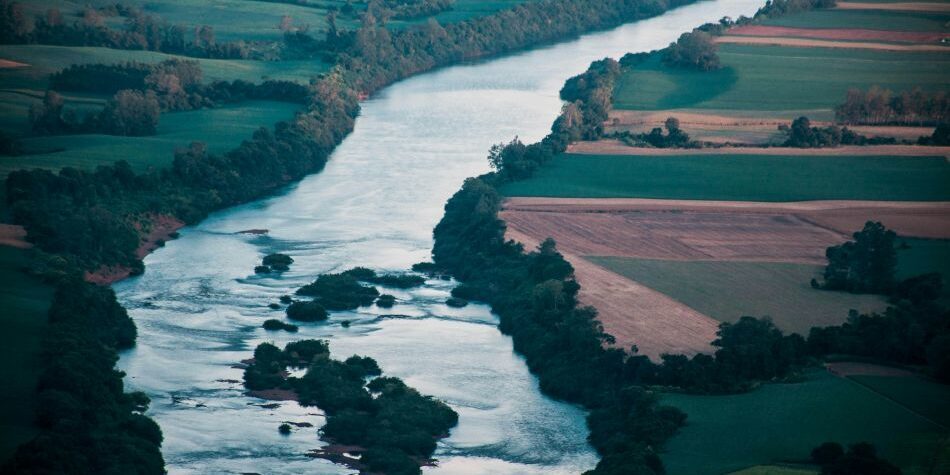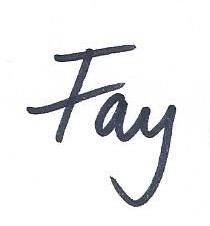I believe in all that has never yet been spoken.
I want to free what waits within me
so that what no one has dared to wish for
may for once spring clear
without my contriving.
If this is arrogant, God, forgive me,
but this is what I need to say.
May what I do flow from me like a river,
no forcing and no holding back,
the way it is with children.
Then in these swelling and ebbing currents,
these deepening tides moving out, returning,
I will sing you as no one ever has,
streaming through widening channels
into the open sea.
Rainer Maria Rilke
English version by Anita Barrows and Joanna Macy
Looking back on my life’s adventure so far, I see the quest Rilke describes in this poem as a long, winding path. The longing to free what waits within seems to be something primal in us human beings—yet so often, it’s frustrated. There are dead ends and detours, self-betrayals and sell-outs. And yet, for me, in the strange glow of retrospective vision, each one of these can somehow be folded into the coherence of the path.
It’s said within Buddhist teachings that there are 84,000 ways to walk the spiritual path. This validates diversity and can I think also be understood in the context of mindfulness practice. There’s no one size fits all – some might be more inclined towards stillness, others may be active, some into service, others into study, some may find grief, anxiety or anger are their path, others art or activism, parenting or business, nature or practical skills. The idea is that we can infuse whatever our unique path is with the teachings and practice of mindful and compassionate presence.
Often, when we discover a set of instructions like those that come with mindfulness, we use them both to find our way and to lose it. We find something deeply needed—but may lose touch with ourselves as we try to absorb it all. The teaching of the 84,000 ways, along with Rilke’s poem, encourages us to weave our own uniqueness back into the path. Until, eventually, who we truly are becomes the path itself. And as we turn toward that more and more, we find our way to the ‘open sea’ – with ‘no forcing, and no holding back.’
From where I stand now, I can look back and see the places where what I was doing wasn’t flowing from me like a river. It’s interesting how my body and mind would signal the need to course-correct at those times. But I didn’t always listen—and still don’t always have ears open to those messages. Too often, my trajectory is pushed along by the forward motion of other ambitions—social or professional expectations about how to get along in life.
But sometimes, the call of what waits within gets urgent. Perhaps that’s typical in midlife, which is where I stand now. Interestingly, this is also when many people discover mindfulness. It’s always struck me how often women of a certain age, in particular, turn to it. I remember someone once asked Lama Yeshe Rinpoche, the former Abbot of Samye Ling Monastery in Scotland, why that is. He said, “Because they are becoming wise!”
So here are the wise questions this poem stirs in me:
What is it that waits within, and would flow from me without effort if it were set free?
Might following that bring the joy of finding my song—my natural self-expression?
And could this song be what brings me back to the chorus of belonging, to the open sea? (What in the poem is named as God, but what I’d personally more naturally call the Mystery of Life.)
Fundamentally, this comes down to the idea that when we stop resisting our own unique, particular nature, we may actually find our way to a more ultimate True Nature—the one that Buddhism, among other traditions, sees as our deepest essence.
Ps. If you think you might enjoy the way poetry can open up contemplative mindful inquiry you might want to consider joining our Mindfulness meets Mystical Poetry course which begins at the end of October.
Photo by Lucas George Wendt on Unsplash



